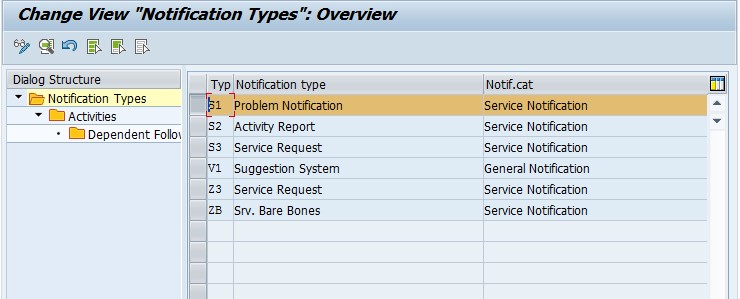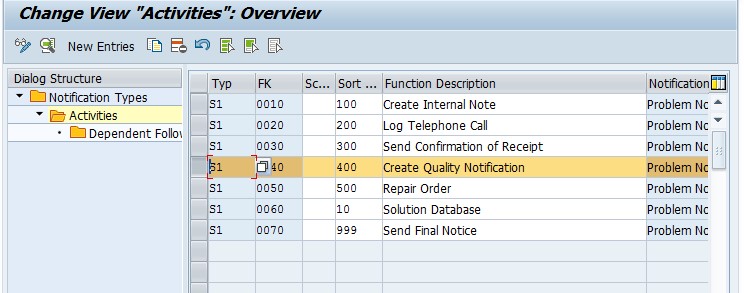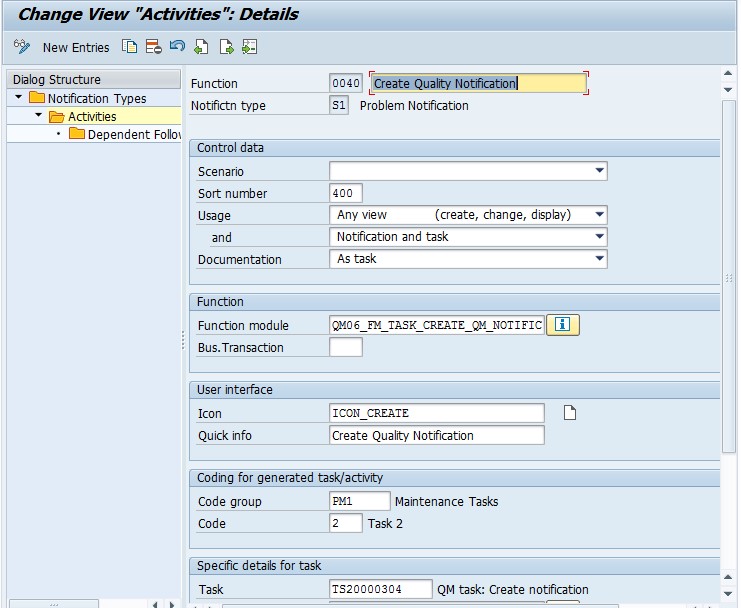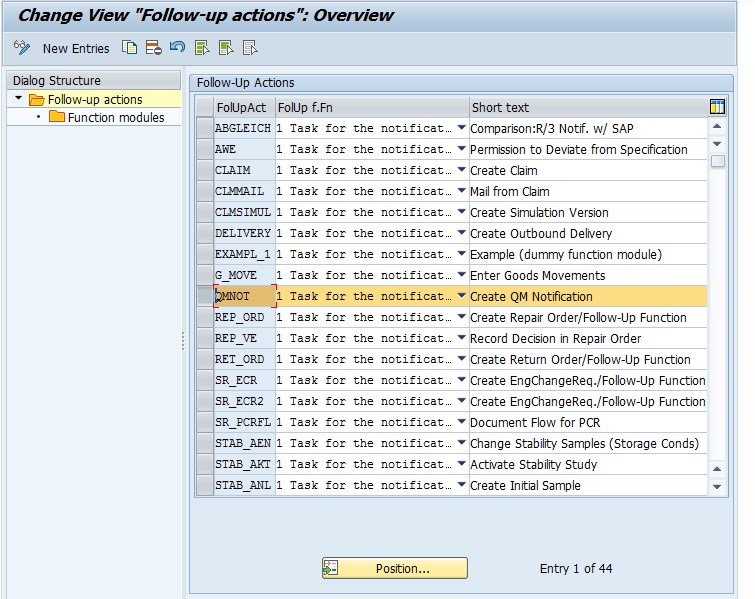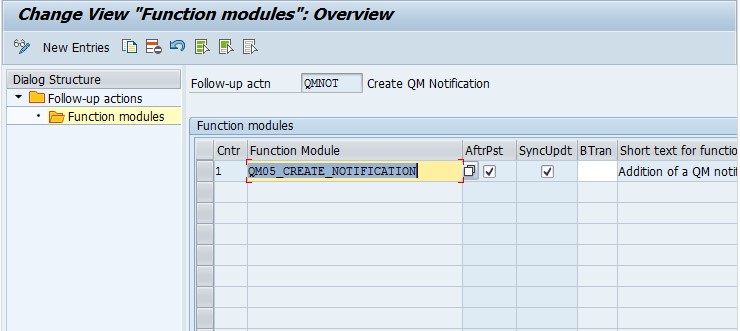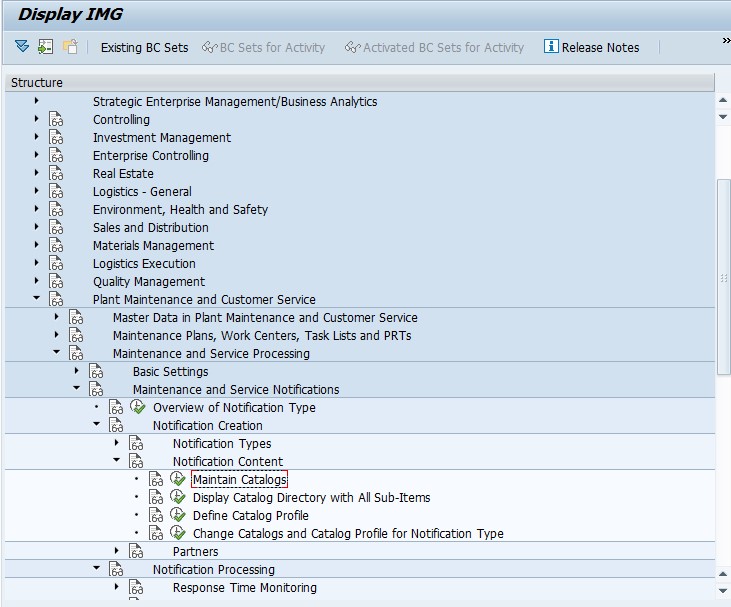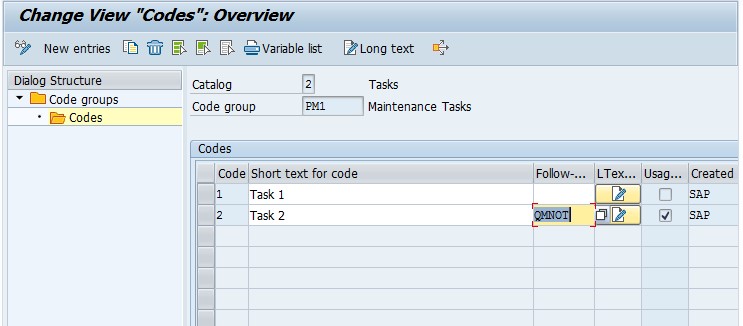I did a post a while ago talking about the concepts and practice of service parts staging. Well, that got me thinking about the importance of parts planning within the service order. Now everyone knows how important it is accurate forecast your inventory levels for production. And while it’s still a bit of voodoo to figure out what you will really sell over a coming period, you at least have some idea of what to do. And more importantly, you know exactly what components it takes to make one unit.
Well, service completely defies this logic. In most places I’ve worked at, there is a “small” percentage of known maintenance coming. This is often related to service contracts or maintenance plans. It’s predictable and you know what’s going to happen. If you want the generic example, oil changes for your car. You sell a “plan” for discounted oil changes for 1 year, with up to 4 oil changes. You know that you need to plan for the oil, filter and technician time. No problem. You still don’t really know exactly when it will happen, but you at least can guess. But the real bulk of most service is unplanned and unpredictable. You hope you’re product is designed to last at least a certain time period without a failure. But things happen. The point is, since you have no idea what could go wrong, how do you plan for this???
This is where your service order (and to some extent you service notification) become invaluable for helping you develop your own crystal ball of potential repairs. Your service order should always contain the material that is being repaired (that’s a given). But if you are using it correctly, you are also loading up all the time and materials you used for the repair. This is normally driven from a cost perspective. But what many people don’t realize is this is building your history, if you just remember to look at it.
I’m hoping the light bulb is starting to go off out there, but if not, let me lead you a little further down the path. If you start looking at the components used for a particular repair for a material, it’s likely a pattern will emerge. So let’s say you have you widget, and there are components 1 – 20 used to build it. Now, if I were to pull every service order for the past year for that widget, and analyze the components (and qty) issued to those jobs, in most instances you should see the pattern of common parts usage. Typically there will always be the common wear components (in your car this is the oil filter, air filter, brake pads, etc…) Things you know will wear out and need to be replaced. But now if I take this one step further, I can start looking at the average time before these components needs to be replaced. Now, this analysis is a lot harder, because now you need to take into account the date the components was added to the widget (this could be the production date, or it could be the last service date). However, the information is all in SAP.
Now, let’s just step back for a second. Knowing exactly how long a component will last is great to know… but for our purposes, this might be more info than we need. If we can simply look at the component usage for service over a time span, we can now “forecast” what we really need to keep in stock in order to turn around those customer issues as quickly as possible, while still maintaining minimum stock levels. Now if you’re already doing this, my hat is off to you. In general, I don’t see this happen in the service order very often. For the rest of you, if you’re looking for a tool to help you get this information, check out the Renovation Service Management Dashboard. We are currently adding several new sets of metrics/reports to this dashboard, including service component usage. If you could use this information, we’d love to help.
Thanks for reading,



